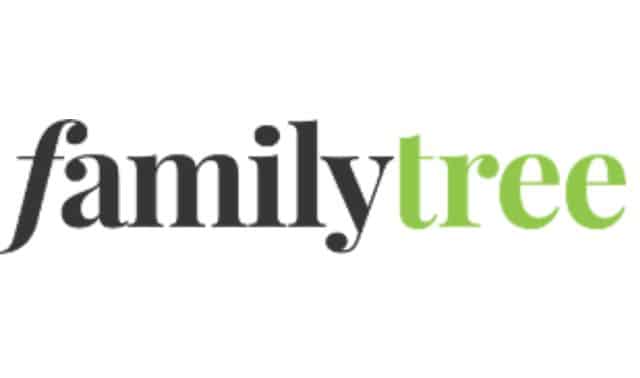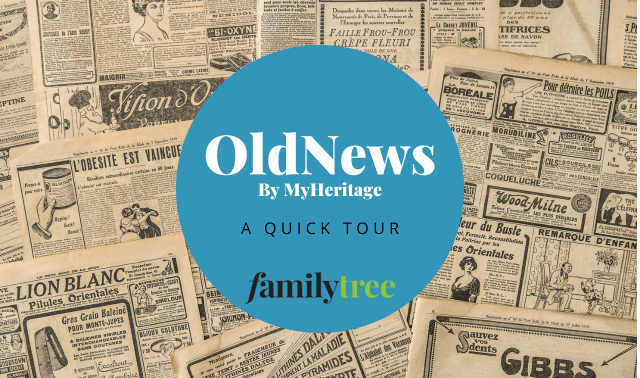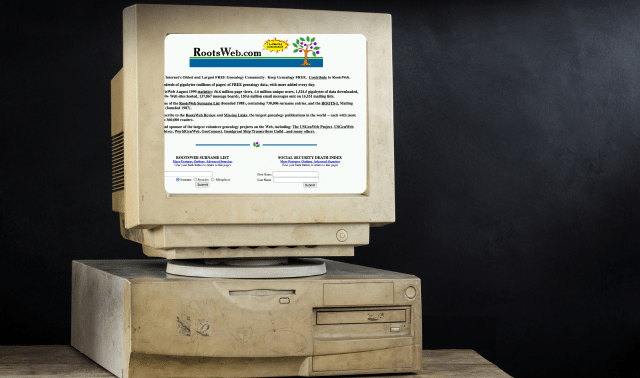Sign up for the Family Tree Newsletter! Plus, you’ll receive our 10 Essential Genealogy Research Forms PDF as a special thank you.
Get Your Free Genealogy Forms
"*" indicates required fields
00:04
WikiTree is an all-free website for building your family tree. I’m Sunny Morton with Family Tree Magazine, and I’m here with a quick introductory tour of WikiTree.com.
00:15
The purpose of WikiTree is right in its name: It’s a wiki, and it’s a tree. A wiki is a crowdsourced collaborative place to gather information. And the information being gathered on this wiki is the world’s family tree. Since 2008, hundreds of thousands of users from around the world have contributed information to nearly 25 million tree profiles.
00:39
It’s all free, all the time.
00:43
They’re trying to build the family tree of the world. This isn’t a site where each person builds their own individual family tree.
00:52
Rather, WikiTree emphasizes our interconnectedness as a human family by having a single, shared family tree, also known as a “community tree” or a “world tree” model.
01:05
Look at the logo, and you’ll see what I mean. At the base of the WikiTree image, you see lines representing many users going up a single trunk. The leaves of the tree represent one profile only for each person who has ever lived—that’s different than a full “forest” of individually created family trees.
01:25
One family tree of humanity—everyone working together on it. This isn’t the only website that takes this one-tree approach. You also see that at FamilySearch, Geni, and WeRelate.
01:40
Something that matters very much in the WikiTree world is the idea that a community of people work together following a common honor code to create an accurate, well-sourced family tree.
01:54
Here’s what the honor code looks like. Run your eye down it, and the text in bold speaks for itself, doesn’t it? This is a collaboration—it’s meant to be accurate. Mistakes will happen, but the group assumes the best intentions of others and pledges to be courteous as they hammer out their differences in research findings.
02:15
Things like privacy, copyright, crediting other people’s work, citing sources, and maintaining the greatest possible free access to information are paramount.
02:27
In other words, the Honor Code is about research accuracy and community. And it provides behavior guidelines meant to promote both. One of the most powerful and unique things about WikiTree is the flexible range of privacy controls.
02:46
Seven different privacy settings recognize the reality that some degree of privacy may be appropriate for the recently living for whom a smaller circle of people have a more vested interest in their memories. But for long dead people, there is a much wider group of potential descendants and no need for privacy.
03:06
Privacy controls can be applied to information and individual ancestor profiles, to a family tree that’s associated with a profile, and even to which people may be able to access certain information.
03:21
Speaking of users, WikiTree also recognizes that not all users of the site are alike, either. Some are there just to look around in harvest information. They don’t want to edit or add anything necessarily.
03:35
They don’t need to learn any of the more complex settings or the rules of the site. Others may want to contribute old family pictures, memories, or data about their known relatives and loved ones. And so they might want to learn a few things about how to use the site.
03:52
A smaller (and presumably more dedicated, expert) group of genealogists sign the Honor Code, and these are the ones who make the changes to the tree itself, with the hoped result that the tree will be more accurate for everyone to enjoy.
04:10
This is a really exciting part of WikiTree. One of the hopes of WikiTree creators is to use DNA to scientifically validate and confirm the entire tree eventually. As of now, over 7 million tree profiles for both the living and the dead are connected to DNA test results.
04:29
This is not a DNA-matching experience, where your raw data gets compared to other testers for shared centimorgans and links. Rather, you just say which test you’ve taken, where you tested or have shared your results, your screen name, your haplogroup—things like that—that will help other researchers look for you as a match on a DNA testing or sharing website and get some basic information.
04:56
Let’s say you’ve taken an autosomal DNA test— 23andMe, AncestryDNA, MyHeritage, or the Family Tree DNA Family Finder test—and you choose to share that fact. An alert pointing to you will be connected to the tree profiles, not just of you, but of your blood relatives out to eight degrees of separation, so that would be up to sixth-great-grandparents and out to your third cousins on both sides of your family. Because that is where you would expect to find DNA matches with an autosomal test.
05:29
If you add Y-DNA test information to your profile, an alert will get placed for the men on the direct paternal line going up to the earliest non-paternal grandfather and then back down the tree to sons of sons of sons (the men who should also have that same Y-DNA signature). The same thing happens if you take an mtDNA test. Test alerts will be placed along your maternal line, ascending from the earliest known women down to her descendants, who would have inherited her mtDNA.
06:03
You’ll also be included in search results for DNA testers of a particular surname. And, of course, you can search yourself for testers of a particular surname.
06:14
The last thing I’ll mention is the way the site has provided for its own—unplanned, unlikely, but always possible—demise or disruptions. They state on their homepage that they have taken extraordinary measures to make sure all this data is never lost. You can read more details about their data-preservation methods on their site.
06:35
But just briefly, they’ve got daily site backups, disaster plans in place, and they prepay their site hosting for five months, so that in the event of a problem there would be plenty of time for users to retrieve and download their data. They also offer trusted experts who also have access to a periodic raw data dumping procedure that specifically outlines how data can be used in the event that WikiTree no longer exists. WikiTree also encourages users to download their trees periodically, just for safekeeping. In other words: WikiTree plans to stay around forever, but they have a strong plan in place for if they don’t.
07:17
I’m Sunny Morton for Family Tree Magazine. Find advice for using other genealogy websites and resources at FamilyTreeMagazine.com.
A version of this article appeared in the January/February 2021 issue of Family Tree Magazine.







